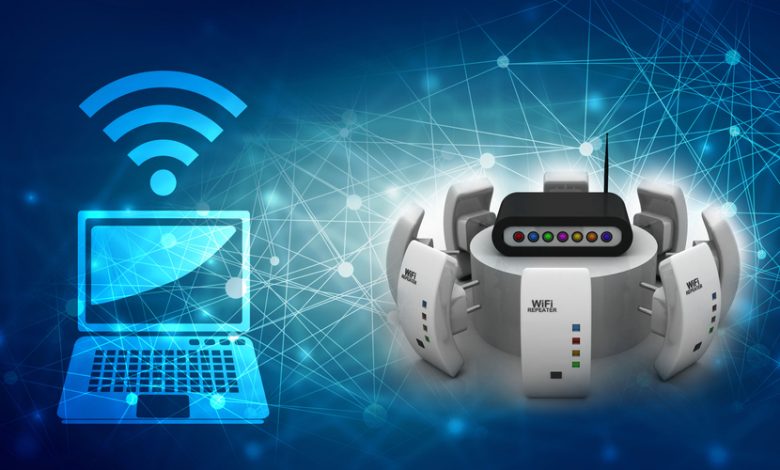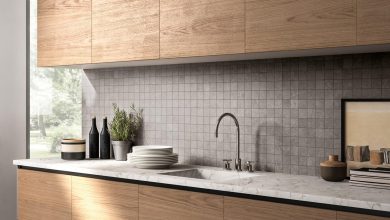
Whole-home or Mesh WiFi frameworks comprise a fundamental router that interfaces straightforwardly to your modem and a progression of satellite modules, or hubs, put around your home for full WiFi inclusion. They are all critical for a solitary remote organization and offer a similar SSID and secret phrase, unlike standard WiFi routers.
You’ve recently set up your home organization with the most recent WiFi equipment and a 100 Mbps Internet association. However, you experience buffering for reasons unknown when you attempt to transfer video in the room. You called your Internet Service Provider (ISP), and everything looks at, so what’s the arrangement? Chances are, your WiFi isn’t set up proficiently for a lattice WiFi framework.
There’s one hub associated with your modem in a particular framework that goes about as a router. Each extra hub tracks down the best channel and way to remotely associate with the past one, making a consistent and solid WiFi association all through your whole home.
Mesh WiFi Support
If you thought dual-band repeaters were the newest and most modern, I’m going to disappoint you. The most recent and most advanced are those that support WiFi Mesh technology. They can be used to build a seamless Wi-Fi network that solves the main problem of signal amplifiers – switching devices between the router and the amplifier. All devices (except old ones that do not support fast roaming in a WiFi network) in such a network will switch very quickly (fast roaming) and without breaking the connection. You can set your router setting by Myrepeater online address easily.
But it would be best if you had Mesh support from all devices (router, amplifier, client). Unfortunately, there are very few such devices on the market today. TP-Link has a line of devices (routers and amplifiers) called OneMesh. If you have a router that supports WiFi Mesh, you simply buy a signal booster (in the case of Mesh, it must most likely be the same manufacturer as the router), set it up, and you have a seamless WiFi network. One network throughout the house. Just like with a Wi-Fi Mesh system. In the article at the link above, I showed you how to set up such a network using a TP-Link RE300 amplifier and a TP-Link Archer A7 v5 router as examples.
So far, I haven’t seen such devices from other manufacturers. There is something similar at Keenetic and ASUS. But there, you can combine several routers with this technology into one network. It seems that there are no separate Wi-Fi repeaters. But this is at the time of writing. I think they will appear. RangeXTD also is the best WiFi range extender for the home.
Antennas and their number
As for the number of antennas, there are usually two. Four antennas can be found only on the expensive models, which generally have support for technology MU-MIMO. Otherwise, the four antennas are just not needed there.
The range of the network does not depend on the number of antennas. It doesn’t even make much difference whether the antennas are internal or external. Therefore, the range of the relayed Wi-Fi network will be approximately the same for all models. Moreover, there is no need to be guided by the length of these antennas.
Support for the access point mode
This is when the WiFi signal booster is connecting to the router with a network cable, and it will distribute the Internet via WiFi, receiving it via cable. Using them instead of routers (to connect a cable from your ISP). And in most cases, it cannot be done at all.
This scheme is using if you have a network cable to another room, and when you connect the amplifier via Wi-Fi, it severely cuts the speed. However, the speed loss over the cable is negligible.
Most modern amplifiers have support for access point mode.
The ability to control via an app from your phone. Not all devices have this feature. Usually, setup and control are doing via the web interface (via a browser).
If you are, for example, choosing a repeater on AliExpress, make sure that the seller offers a product with a suitable plug for you. It must be of the “Europe (EU)” plug type. Otherwise, you will be able to connect it only through an adapter.
The presence of a WPS button (or similar) simplifies the process of setting up the device.
Support for MU-MIMO and Beamforming technology can be found only on the top models of Wi-Fi amplifiers. If you have an expensive and powerful router, you need a fast network, and there is no way to do without the amplifier, it is advisable to choose a model that supports these technologies.




